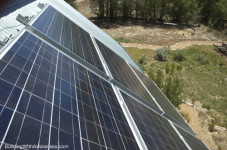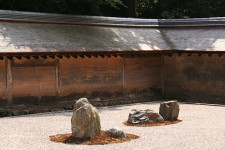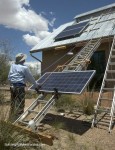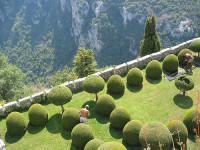Urban Green Living: Downtown Loft Green Makeover, Part 1
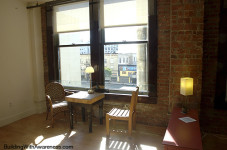
The greening of this downtown loft apartment will be a topic in this new series on how to adapt older buildings to higher ecological standards. In my DVD video and book, “Building With Awareness,” I show the design and construction process of building a green home from scratch. With an emphasis on green building materials and the benefit of having complete control over the constructions process, you can see each stage of creating an energy efficient home from the ground up. By using a variety of natural materials such as straw bale, adobe, and earth plasters, it is possible to build an extremely green home with off-the-shelf components. For those who have the opportunity to start with a clean slate and an empty piece of land, this is an efficient way to go. But what if you need to buy or rent a home that is already built? What if you desire to live in a city and the ability to use less-conventional materials is limited? After all, retrofitting existing buildings and homes will be an even larger industry than building new green structures. Millions of homes already exist and the majority of them need to be brought up to better energy efficiency standards. How do you improve energy efficiency, lower your power bills, and limit your carbon footprint?

